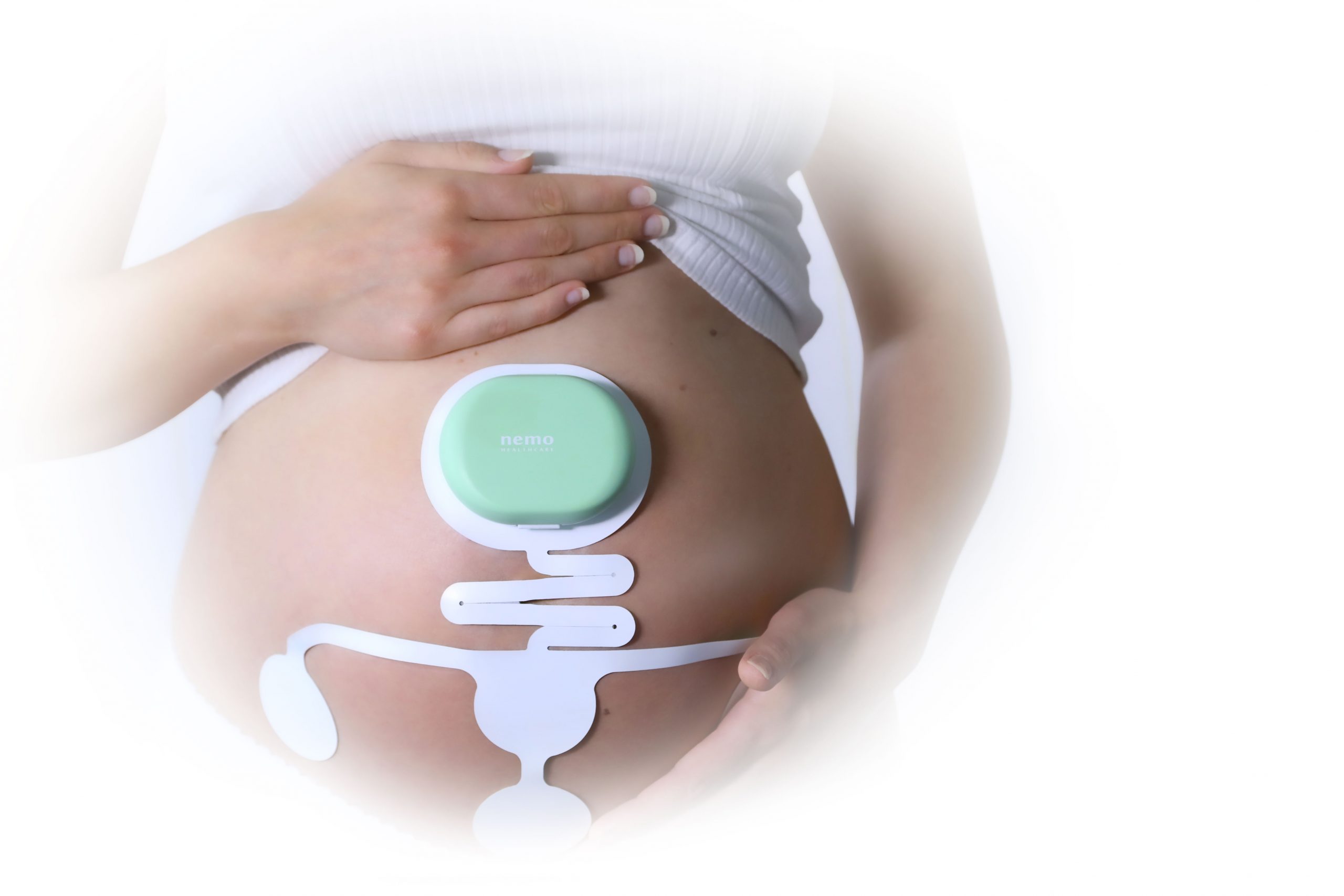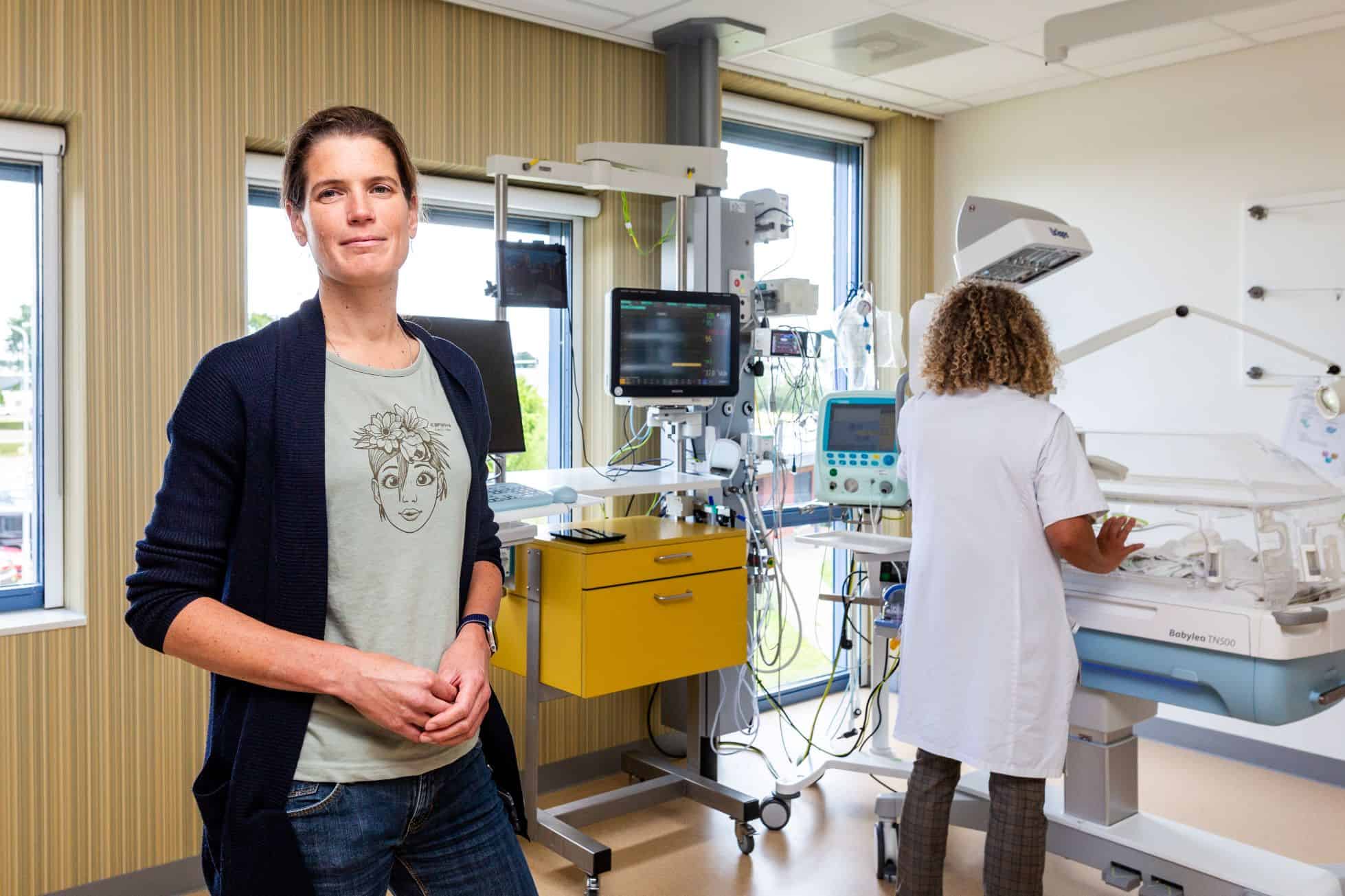
Nemo Healthcare, a spin-off from the Dutch Eindhoven University of Technology (TU/e) has been working for years on a new technology to monitor the heart of unborn children better and more accurately. Several regions in Denmark set up a partnership in 2019 to purchase CTG (Cardiotocography) equipment for home monitoring of unborn children. Nemo Healthcare won the tender that was issued for this purpose. The Veldhoven-based company will supply the equipment and support needed for this to hospitals in Denmark.
Michiel Manuel, CEO of Nemo Healthcare: “For more than 10 years, we have been working on developing non-invasive types of foetal monitoring systems that combine quality of care and comfort for both mother and child. I am very proud that our technology, our drive to innovate, and the quality of our team has been recognized and appreciated by Region Syddanmark.”
Read more about Nemo Healthcare’s technology here
Better care, lower costs
The heartbeat of an unborn child says a lot about the baby’s health. In some situations, e.g. in case of high blood pressure or fetal growth retardation, it is even more important to keep a close eye on mother and child. The mother then often needs to visit the hospital for check-ups. Which is time-consuming and costly. Thanks to the Nemo Fetal Monitoring System, this is no longer necessary. With the device, the mother can take CTG measurements of her own heart and the child’s heart at home. The measurements are transmitted to the hospital by means of a tablet. This leads to more effective healthcare at lower costs.
Elektrodes
Nemo Healthcare’s monitor does not work with existing ultrasound technology, but with electrodes on the stomach instead. “Our nervous system delivers electrical stimuli to muscles that make them move. The heart, with a relatively large amount of muscle tissue, has a very recognizable electrical pattern. This makes it possible in principle to make this signal perceptible,” co-founder Rik Vullings previously told Innovation Origins. “It’s normally hidden between all kinds of other signals and noise.”
This measurement method is more accurate and efficient than existing technology. Anne Uller, chief midwife at Sygehus Lillebælt in the South Denmark region, is looking forward to adding CTG monitoring soon to what is already offered at home, ie., blood pressure measurements and urine testing of the mother. “The idea is that the mother will receive the same care as in the clinic at home in familiar surroundings. By using this new equipment, we can monitor both mother and unborn child much more effectively. It also really fits into a time when we are becoming more and more digital. Also, we want to offer the mother and unborn child increasingly more comfort,” Uller states.








